How to enable TPM 2.0 for Windows 11
Turn connected feature in your PC BIOS

(Image: © Future)
One of the Thomas More controversial things about Windows 11 has been the system requirements that have been put in situ, especially with TPM 2.0.
Although the basic requirements are not dramatically different to Windows 10, Microsoft chose to non only drop support for many processors, simply also to limit Windows 11 to computers with TPM 2.0 (Trustworthy Platform Module version 2).
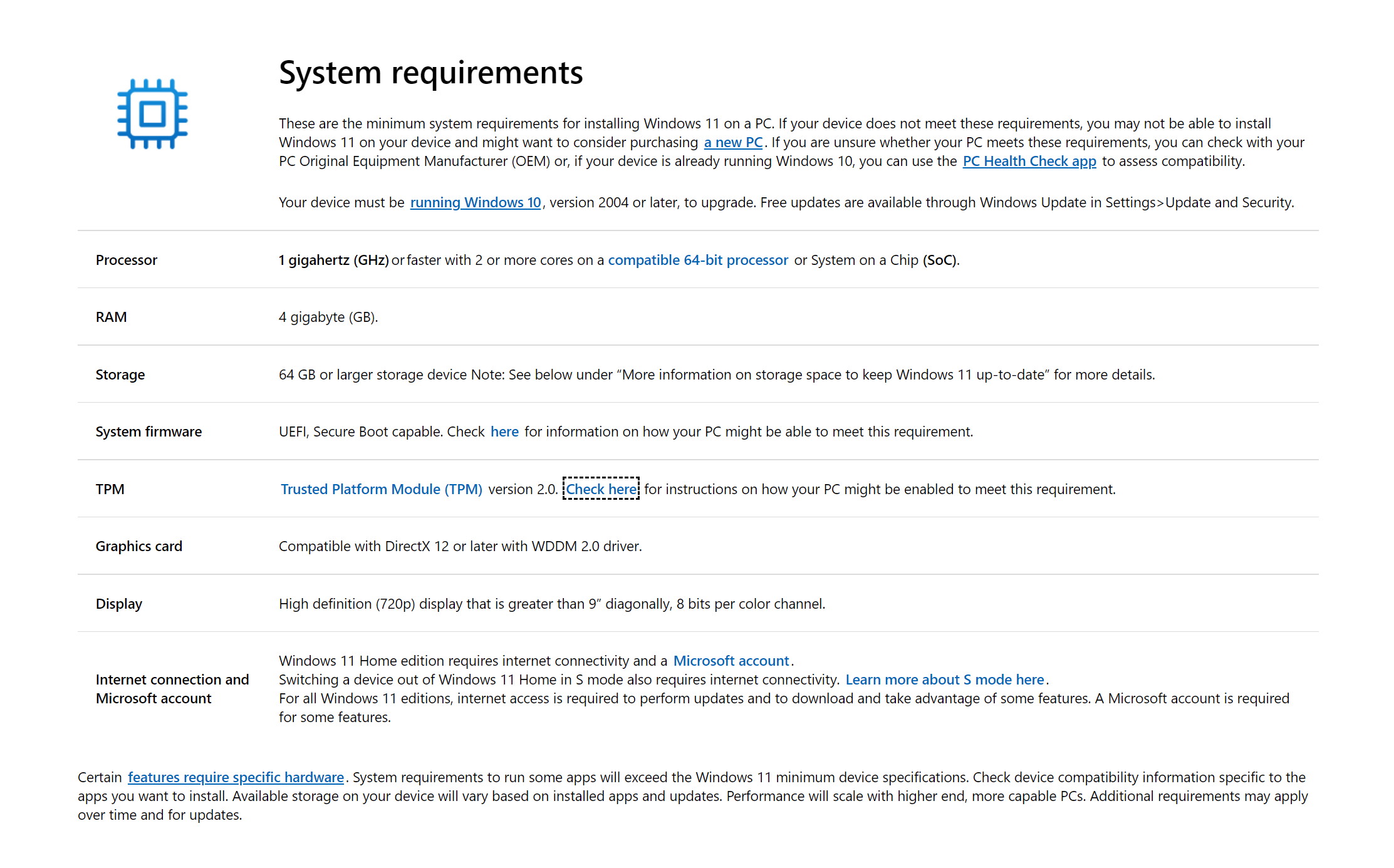
Patc the vast majority of modern computers have this primal security feature, IT is not e'er steamy. If you've been having inconvenience installing Windows 11, here's how to enable TPM 2.0 on your computer so you fire upgrade to the latest variant of Microsoft's operational organization.
- Microsoft shows why Windows 11 needs TPM
- How to download and put in Windows 11 right now
- Windows 11 problems: how to fix the most common issues

1. Run down your TPM 2.0 compatibility
If you want to install Windows 11, you pauperization to have a computer with TPM 2.0. You do non really need to know anything about this otherwise it is a feature that Windows 11 requires.
You could track down the manual for your computer or motherboard to construe with if information technology has TPM 2.0, but this is non inevitably an easy pick. Thankfully Microsoft has provided a simple tool that can help you to ascertain if your computer has TPM 2.0; you can download the Microcomputer Medica app to perform this test here.
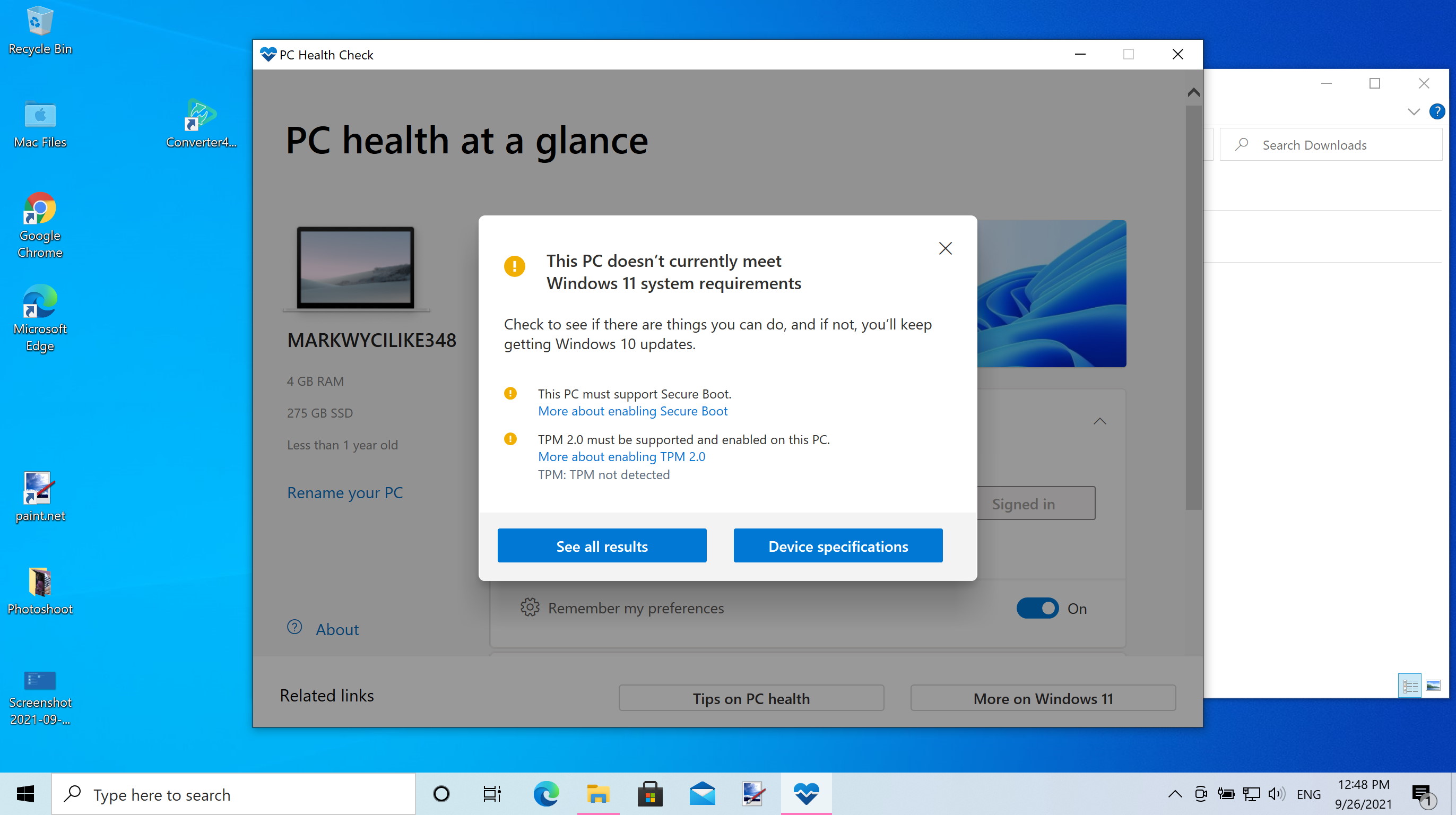
2. Using the app
After downloading PC Health Check, establish the app and so click the 'Watch now' button in the 'Introducing Windows 11' section.
When the app finishes its tests happening your computer, you'll be told whether operating theater not your computer is able to range Windows 11 – all being well, you will be told that you possess passed!
If you click the 'See to it all results' button, you can see mor details about the areas in which your computer has passed and failed. Included in this lean is an important reference to TPM 2.0 which will recite you if it is enabled on your twist.

3. Checking security
What buns be unclear about TPM 2.0 is that while your computer English hawthorn have the feature, it may not comprise enabled. It is with this scenario in mind that Microsoft has provided instructions to serve you ascertain whether this is the case or not.
The first method is to loose 'Settings' in Windows 10 and head to Update & Security > Windows Surety > Device Security.
Look in the 'Security processor' incision and ensure that the 'Spec version' is 2.0. If you control a several number here, your computer is not compatible with Windows 11, merely if you don't see a 'Security measures CPU' incision at all, it could be that you simply need to enable the feature
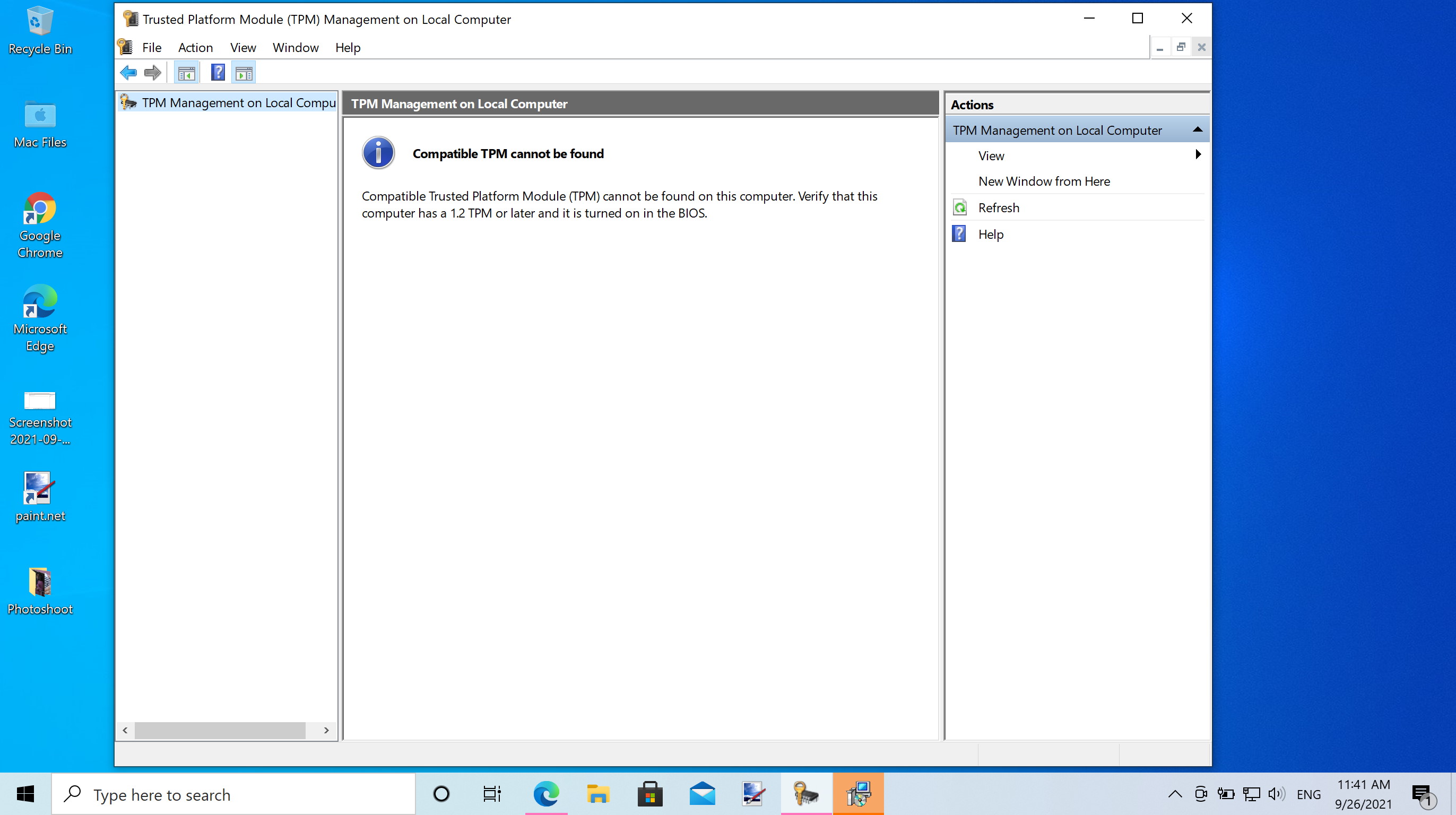
4. Using Microsoft Management Console
Some other method acting to check the availability of TPM 2.0 is to stimulate use of the Microsoft Direction Console. To do this, press the Windows fundamental and R at the same sentence to call up the Run dialog.
Type tpm.msc and press Enter. If you see a content informing you that TPM is disposable and primed to use but the 'Specification Version' under 'TPM Manufacturer Information' is less than 2.0, you are out of chance.
However, if you see the message reading 'Compatible TPM cannot be base', it is possible that your PC has a mixable TPM that is disabled.
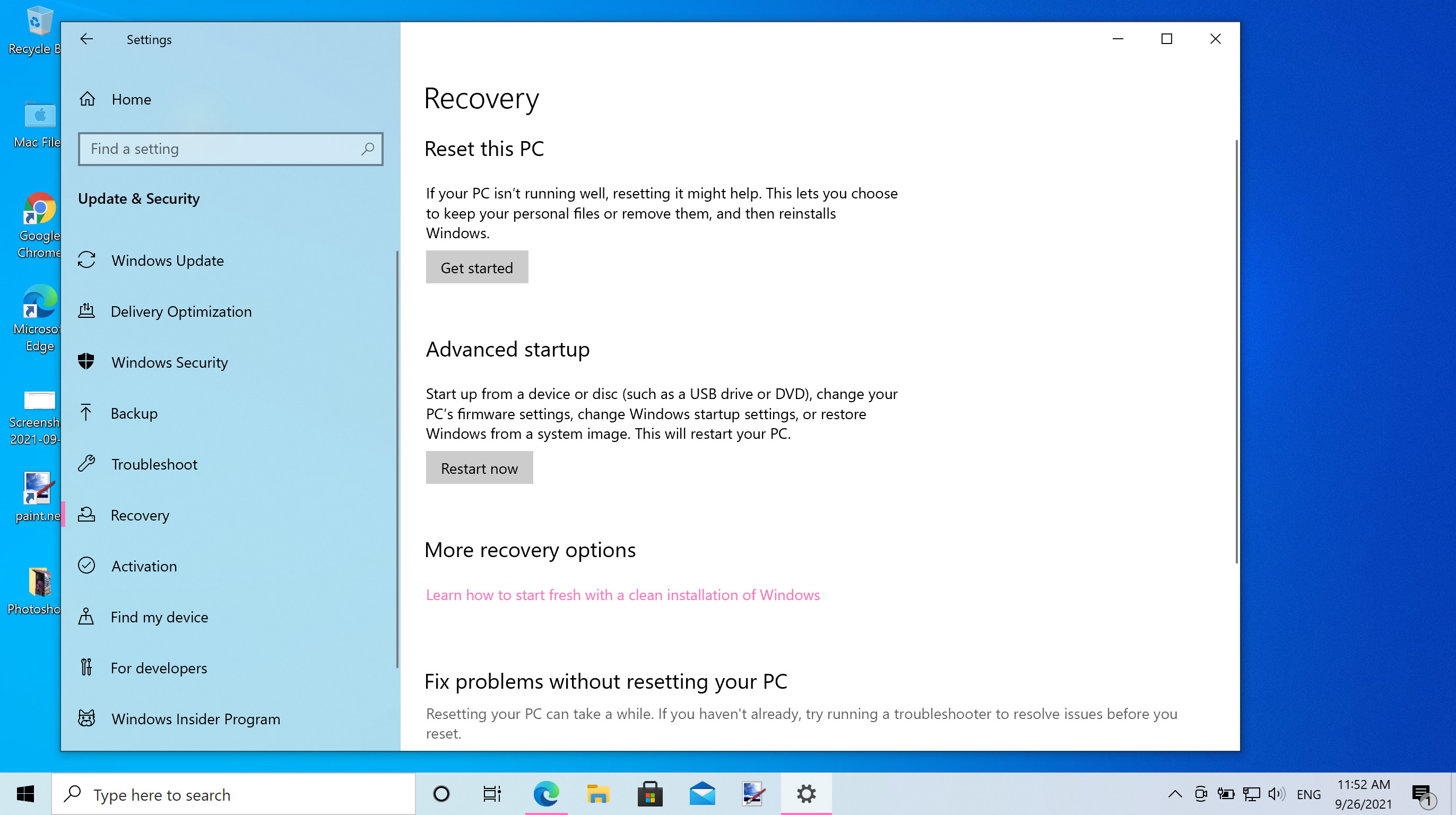
5. Getting into BIOS
If you are in the somewhat fortunate put over of having a compatible TPM that is simply disabled, the next thing to do is to enable.
In ordinate to practice this you need to access your computers; UEFI BIOS; the pinpoint method of accessing this and the layout and wording varies slightly from one computer manufacturer to another.
However, Windows 10 provides an easy way to access these settings if you open up Settings and go to Update & Security > Convalescence. Click the 'Resume now' button under the 'Progressive startup' heading

6. Using the Troubleshoot section
When your computer restarts, select 'Troubleshoot' followed by 'Advanced options'. You bequeath then need to select UEFI Microcode Settings > Restart earlier looking for a wedge-bill of fare in the UEFI BIOS labeled Advanced, Security operating room Trusted Calculation; this is something that varies from one reckoner to another depending along the manufacturer.
The setting you need to so exchange or enable may be named Security Device, Security department Device Support, TPM State, AMD fTPM shift, AMD PSP fTPM, Intel PTT or Intel Political platform Trust Technology.

7. Check again
Having taken this execute, you can run the Personal computer Health Check tool again to ensure that your estimator is forthwith deemed matched.
Boot dorsum into Windows 10 and run the tool formerly again. Assuming you take in been able to successfully enable TPM 2.0 on your system, you should hopefully straightaway see a message informing you of this fact as well as confirming that 'This PC meets Windows 11 requirements'. You can now go ahead and upgrade to Windows 11, but do not lose heart if you have not been able to manually enable TPM 2.0; totally may not yet constitute unrecoverable.
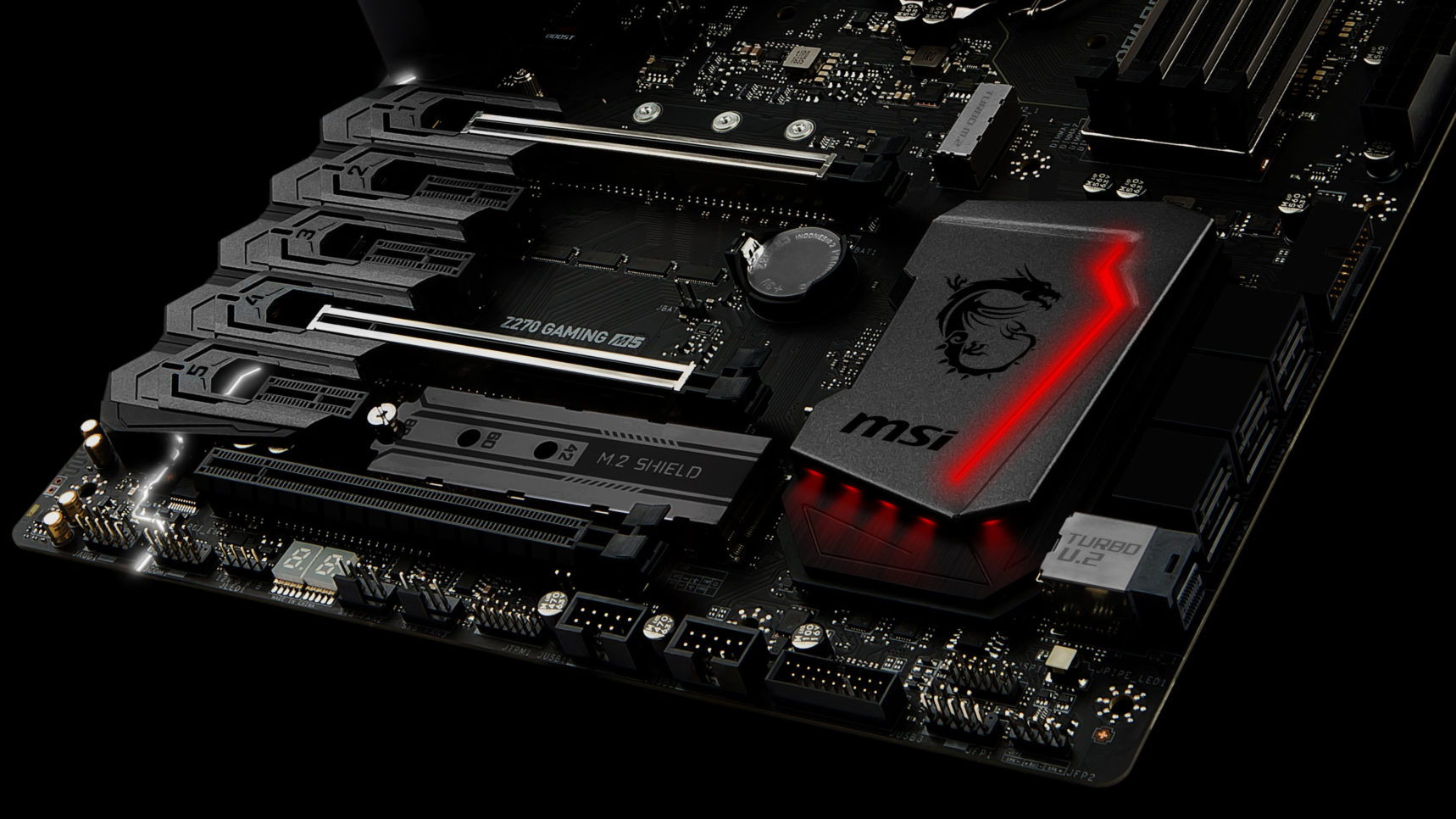
8. Update your motherboard
Some motherboard and computer manufacturers have released BIOS updates which bequeath enable TPM 2.0 on systems that have the feature.
While this is not an option for a computer that is fundamentally incompatible with Windows 11, IT is a great alternative to hunting through BIOS settings, particularly if for anyone World Health Organization is uncomfortable with the Sir Thomas More technical side of their computer.
Galore motherboards come with a software updater than keister be used to check for updates, and IT's too worth checking the site of the company under consideration to see if in that respect is anything to download. Asus, for example, has TPM 2.0-enabling updates available to download.
- How to upgrade to Windows 11
How to enable TPM 2.0 for Windows 11
Source: https://www.techradar.com/how-to/how-to-enable-tpm-20-for-windows-11

Posting Komentar